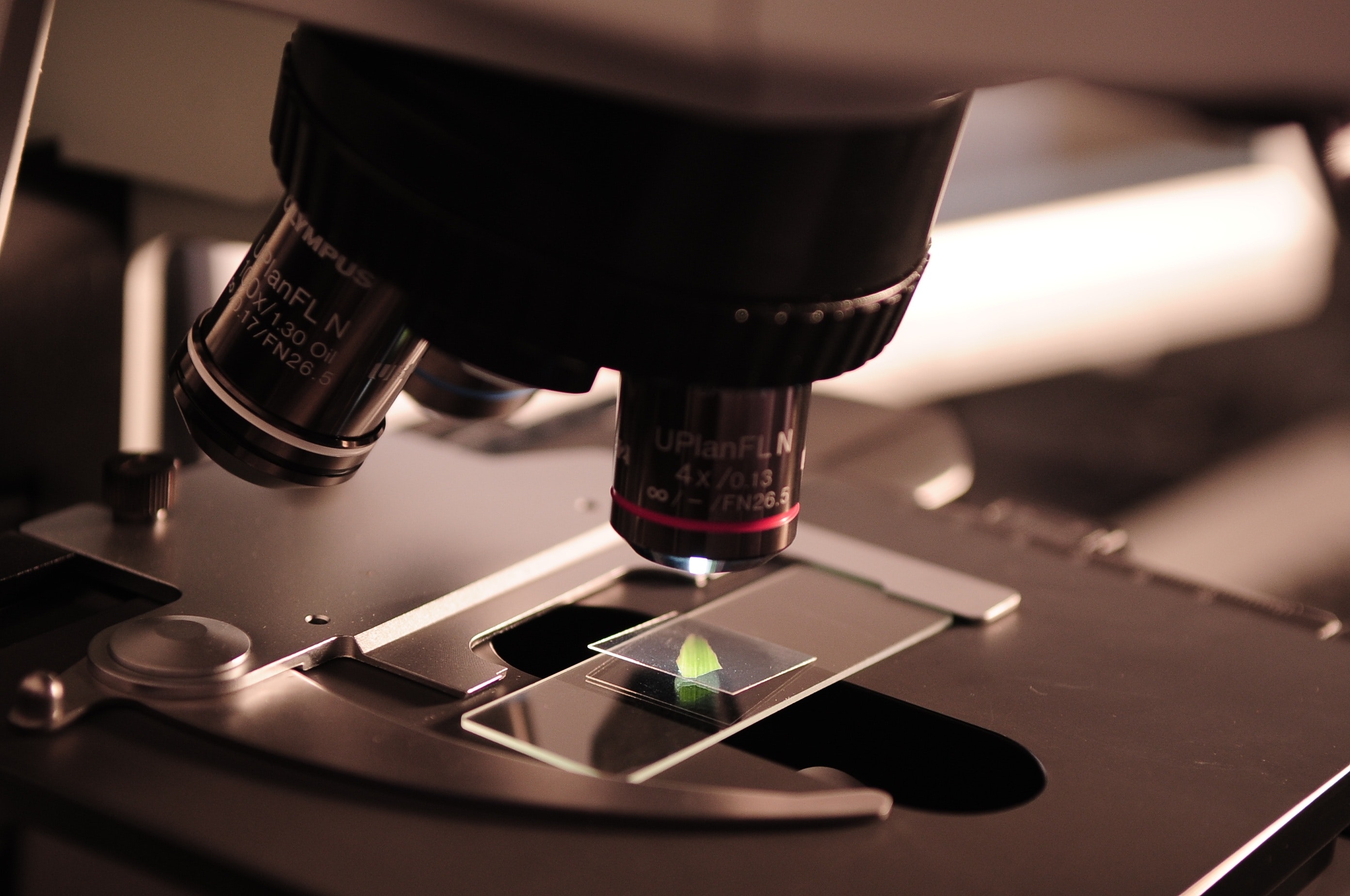

Unfortunately, DMCA abuse rarely has consequences for those behind it.
Oh look! The actual problem is buried at the end of the article.
It’s my understanding that filing a DMCA request requires that you certify that you have reviewed the content, and confirm that you believe the content to be infringing.
Here’s an excerpt from a sample takedown notice, provided by Georgetown University:
I am providing this notice in good faith and with the reasonable belief that my rights as the exclusive rights holder are being infringed.
Under penalty of perjury, I certify that the information contained in this notification is both true and accurate
I know that “reasonable belief” gives a lot of wiggle room from a legal standpoint, but c’mon. If no one pushes back on that, of course it will be abused!


Well, that was quick.